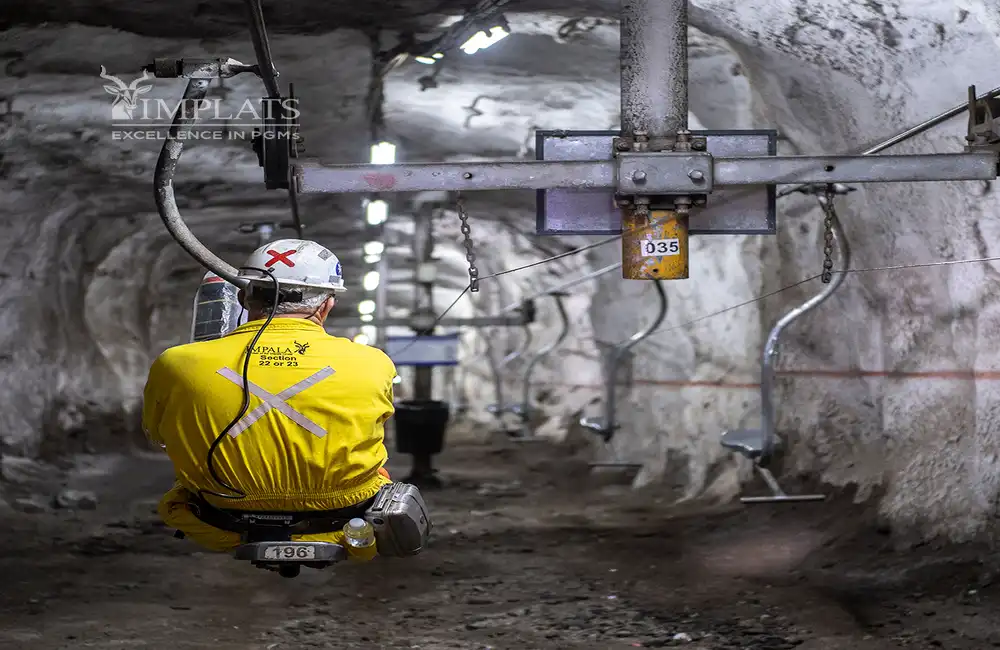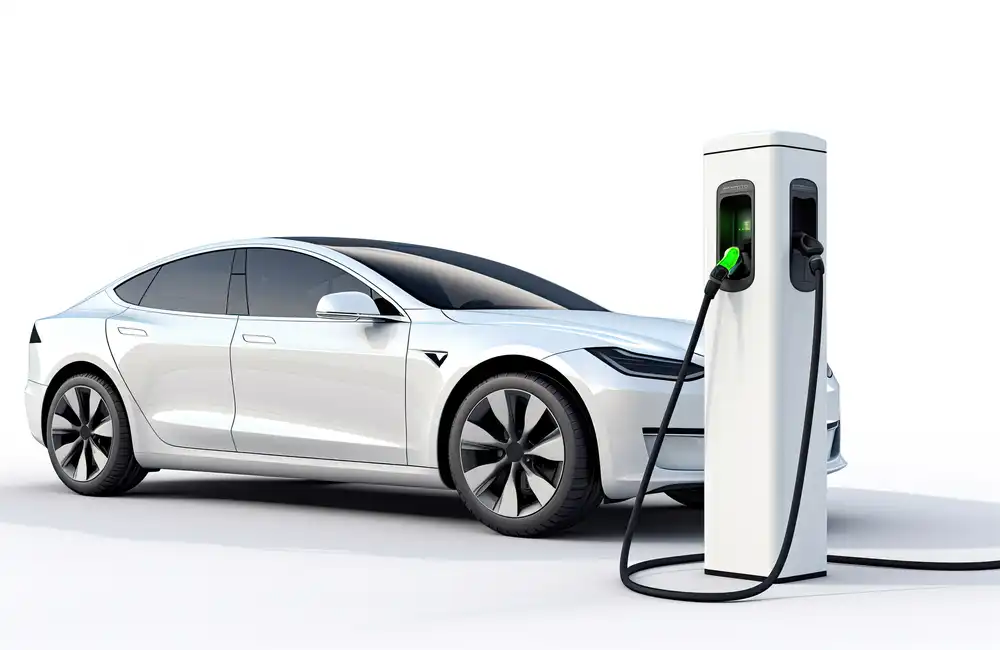China aims to reduce battery storage costs by 30% by 2025, according to the country's 14th Five-Year Plan, or FYP, for new energy storage technologies, released on March 21.. This is part of much broader moves to increase renewables take-up as part of its longer-term decarbonization roadmap
China's Energy Storage Plan for 2025 and 2030
The plan, jointly issued by China’s top economic planner, the National Development and Reform Commission, and the National Energy Administration, also details its ambitious goals for energy storage in 2025, including major breakthroughs in hydrogen-based storage and the development of new energy storage technologies that will become commercialized and put into large-scale use.
Sodium-ion batteries, new lithium-ion batteries, lead-carbon, flow-energy, hydrogen (ammonia), thermal (cold) etc., energy storage technologies, the FYP calls for the basic formation of a collaborative R&D mechanism.
By 2030, China will have formed a holistic, competitive energy storage supply system and developed domestic technical and manufacturing capabilities across all new core energy storage technologies, meeting the needs of the future power system and attaining peak carbon emissions, the plan stated.
Specifically, the FYP requested the development of several pilot projects, follow-up evaluation of existing pilot projects in provinces including Hebei, Guangdong, Fujian, Jiangsu, and Qinghai, mainly referring to storage integrated with a local power grid. Renewables will dominate in a future battery-powered system, and energy storage will help solve the intermittency issues in the long term.
China's electrochemical energy storage cost in the power sector is about Yuan 0.6-0.9/kWh ($0.10-$0.14/kWh) in 2019, but large-scale implementation needs the price to be down to Yuan 0.4/kWh ($0.06/kWh), the Chinese Academy of Sciences reported. Thus, the suggested goal of a 30% reduction in cost is set to enable the mass deployment of battery storage in the electricity sector.
The FYP called for a broader ecosystem of government and private stakeholders underpinning the buildout of the battery storage sector, highlighting the role of market forces, including generation utilities and independent energy storage service providers, in investing in storage projects.
This, it said, required a greater disparity between peak and trough electricity prices to ensure the costs of energy storage can be transferred onto electricity consumers, as well as providing an incentive for consumers to invest in energy storage. Energy storage service providers shall be independent market participants, and more transparent policies will be introduced to reduce the entry threshold, market mechanism, technical standards, as well as trading, dispatching, and settlement rules, said the FYP.



















